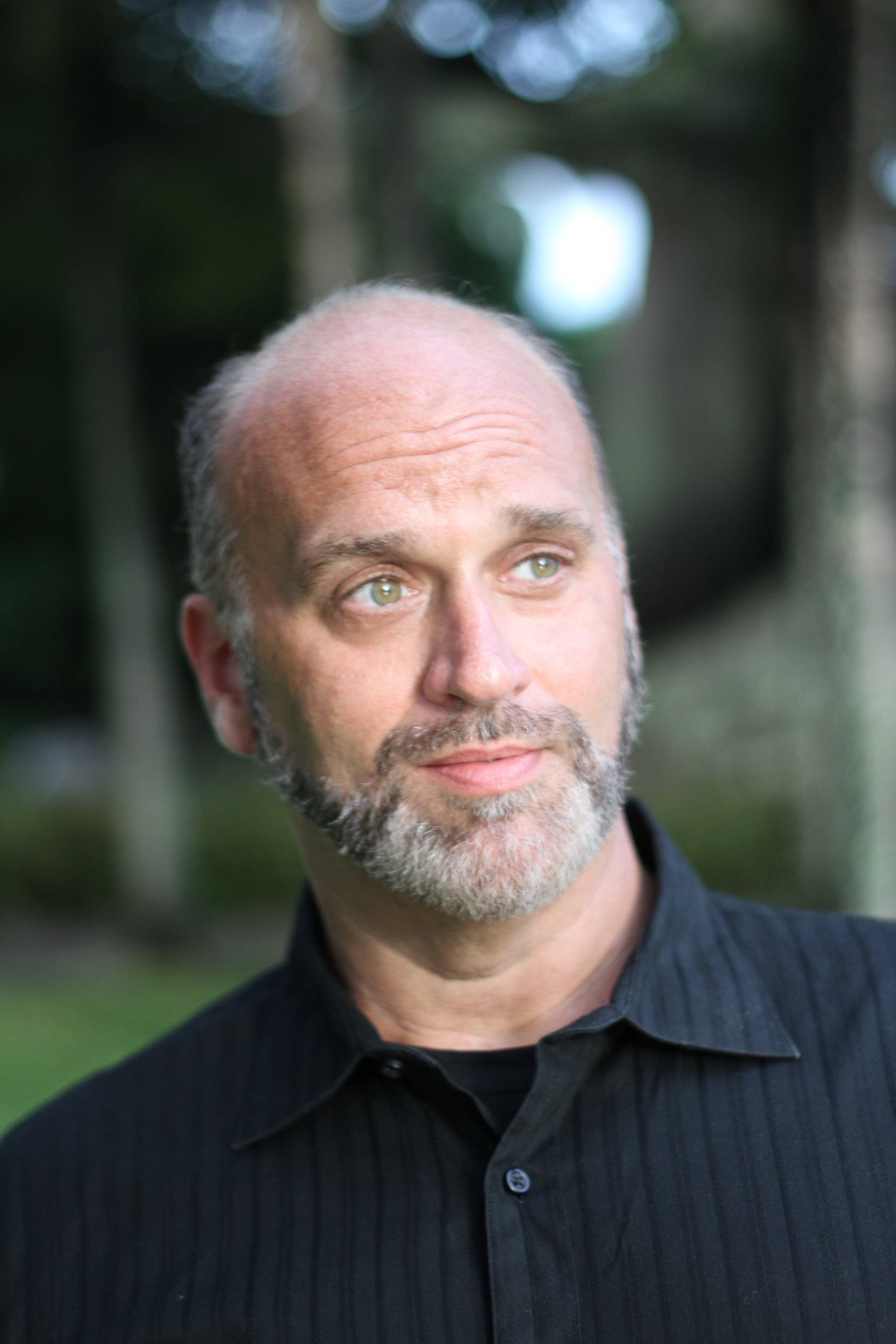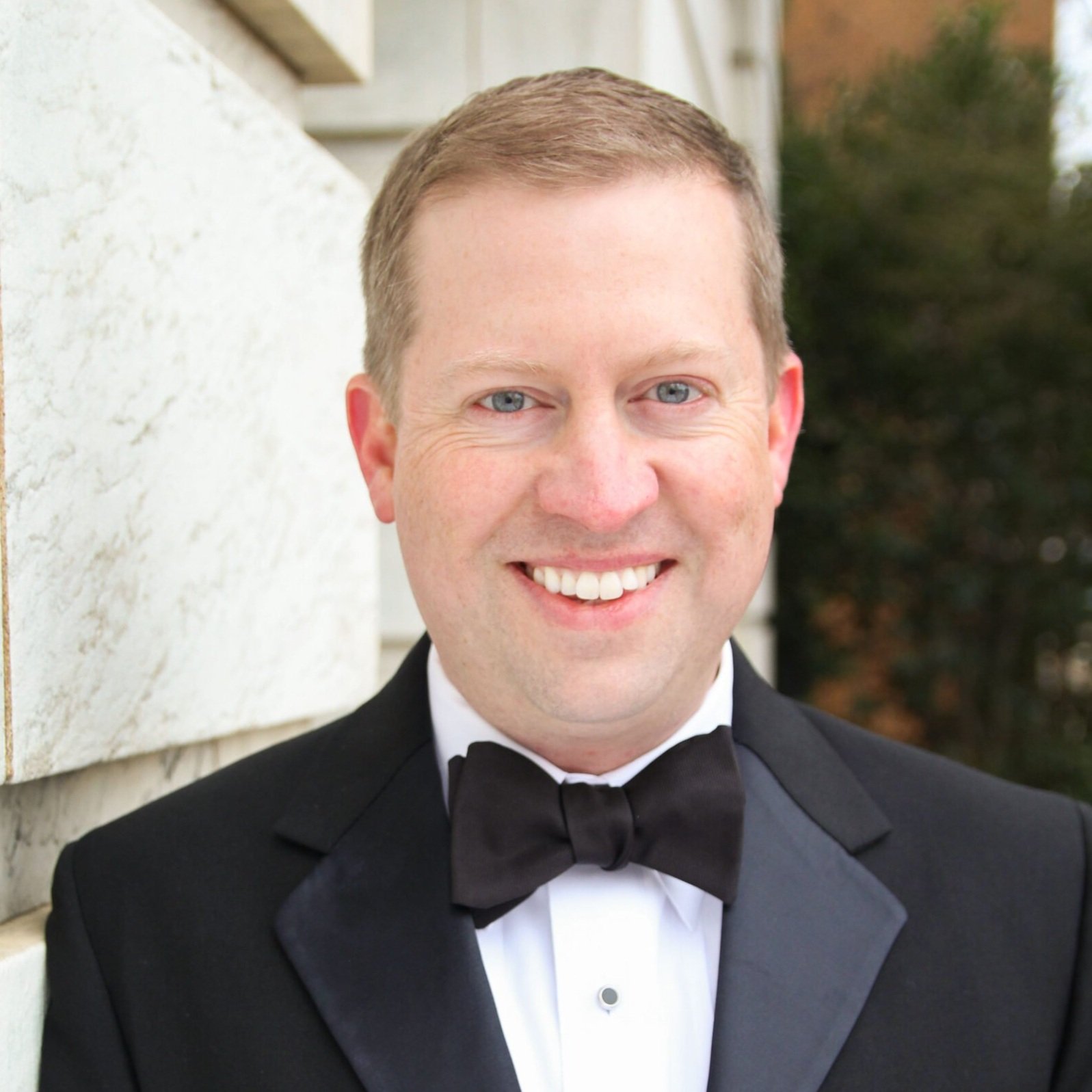ALL IS CALM:
THE CHRISTMAS TRUCE OF 1914
written by Peter Rothstein
with vocal arrangements by Erick Lichte and Timothy C. Takach
sung a cappella in English with English dialogue
Estimated run time is one hour and 15 minutes with no intermission. A talk-back with the production team and members of the cast will be held after each performance.
Age Advisory - PG
All Is Calm: the Christmas Truce of 1914 was developed and produced by Cantus Vocal Ensemble and Theater Latté Da in Minneapolis, MN, December 2007. The show premiered Off Broadway in 2018 produced by Laura Little Theatricals.
For tickets and production details click HERE
The Christmas truce of World War I represents a truly unique and powerful moment in human history in the trenches of the Western Front. It was, in fact, not an isolated event in Christmas 1914 but rather one of a series of widespread unofficial ceasefires only five months into the war.
At the outset of World War I, the German attack through Belgium into France had been repelled outside Paris by French and British troops at the Battle of the Marne in early September. The Germans fell back to the Aisne valley, where they prepared defensive positions. In the subsequent Battle of the Aisne, the Allied forces were unable to push through the German line, and the fighting quickly degenerated into a stalemate; neither side was willing to give ground, and both started to develop fortified systems of trenches. By November, there was a continuous front line running from the North Sea to the Swiss frontier, occupied on both sides by armies in prepared defensive positions. Hostilities lulled as leadership on both sides reconsidered their strategies following the stalemate of the “Race to the Sea” and the indecisive result of the First Battle of Ypres.
In the week leading up to December 25, French, German, and British soldiers crossed trenches to exchange seasonal greetings and talk. In some areas, men from both sides ventured into “No Man's Land” on Christmas Eve and Christmas day to mingle and exchange food and souvenirs. There were joint burial ceremonies and prisoner swaps, with several meetings ending in a round of carols. Men even played games of football with one another, creating one of the most memorable images of the truce.
Roughly 100,000 British and German troops were involved in the unofficial truces along the Western Front, and multiple accounts exist about this rare occasion. The following year, a few units arranged ceasefires, but the truces were not nearly as widespread as in 1914, due in part to strongly worded orders prohibiting truces from the high commands on both sides. As the war dragged on, soldiers were no longer amenable to truce by 1916. The atrocities of war had become increasingly horrifying after devastating human losses suffered during the battles of the Somme and Verdun and the use of poison gas.
Nonetheless, the truce continues to inspire us today with such retellings as All is Calm, the critically- acclaimed foreign film Joyeux Noel, the Pulitzer-prize winning opera Silent Night, and even the upcoming Peter Jackson film, 1917. The message of understanding and peace remains as relevant today as it was during the Great War.
LESSON PLAN MATERIALS
LEARN MORE
CAST
PRODUCTION TEAM
Written by Peter Rothstein with vocal arrangements by Erick Lichte and Timothy C. Takach, artistic director Grant Preisser once again directs this band of brothers with Andrew Minear making his Company debut as music director. The troupe of singers welcomes back previous cast members, along with new faces coming together in harmony to tell this powerful story: the story of a German soldier stepping into No Man’s Land to sing “Stille Nacht (Silent Night),” which began an extraordinary and unprecedented night of music, acceptance, and peace.
Book our studio artists to come to your school or community center for a special preview performance of All is Calm: the Christmas Truce of 1914 through our in-school programs and Studio Artists.



















